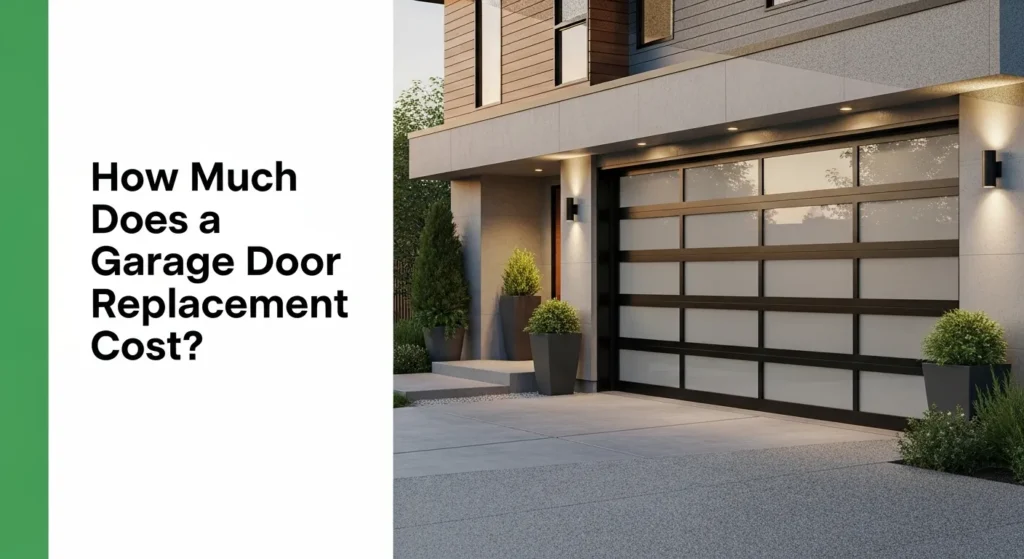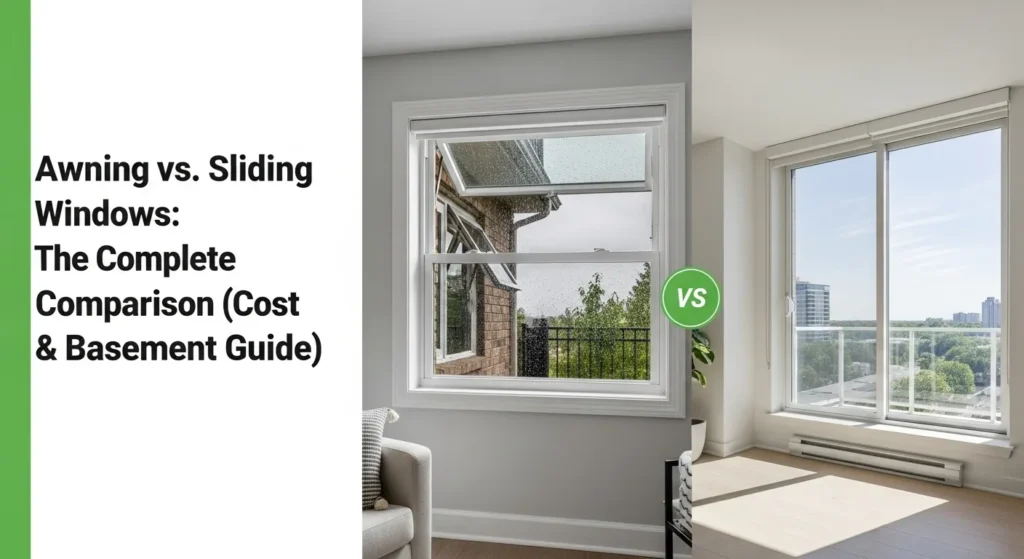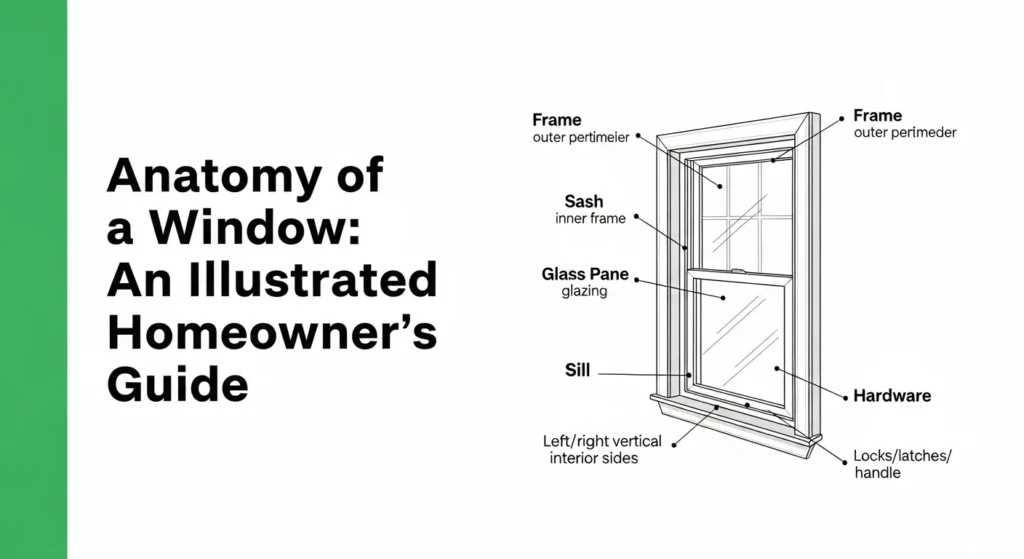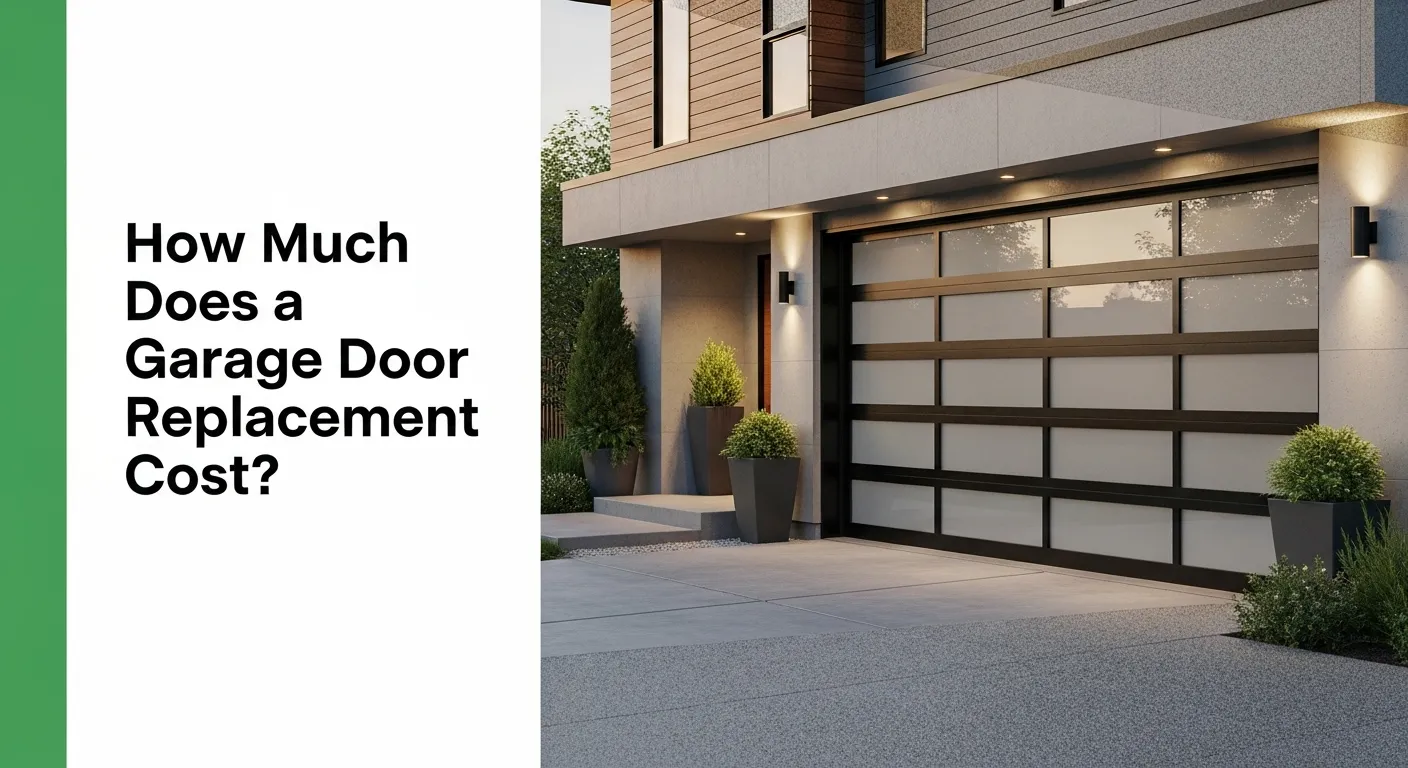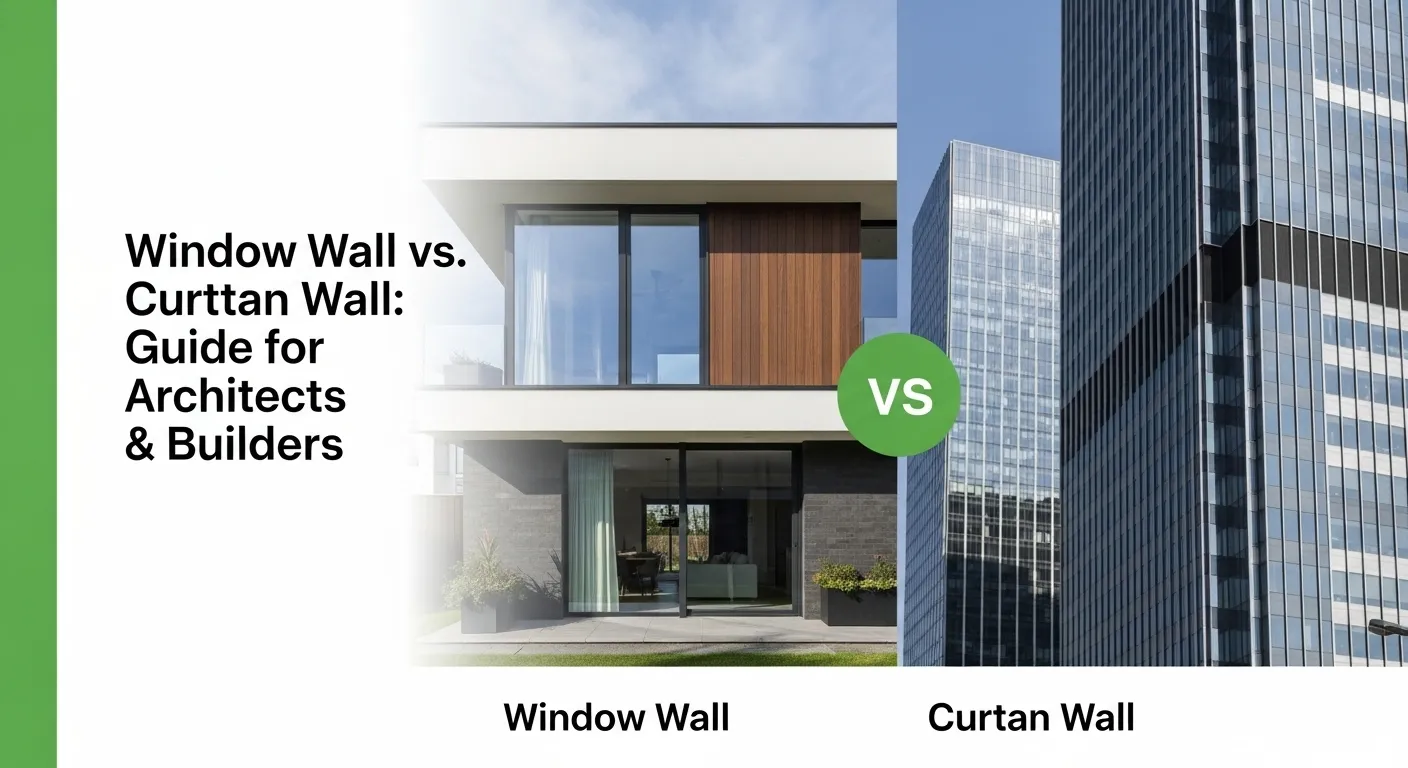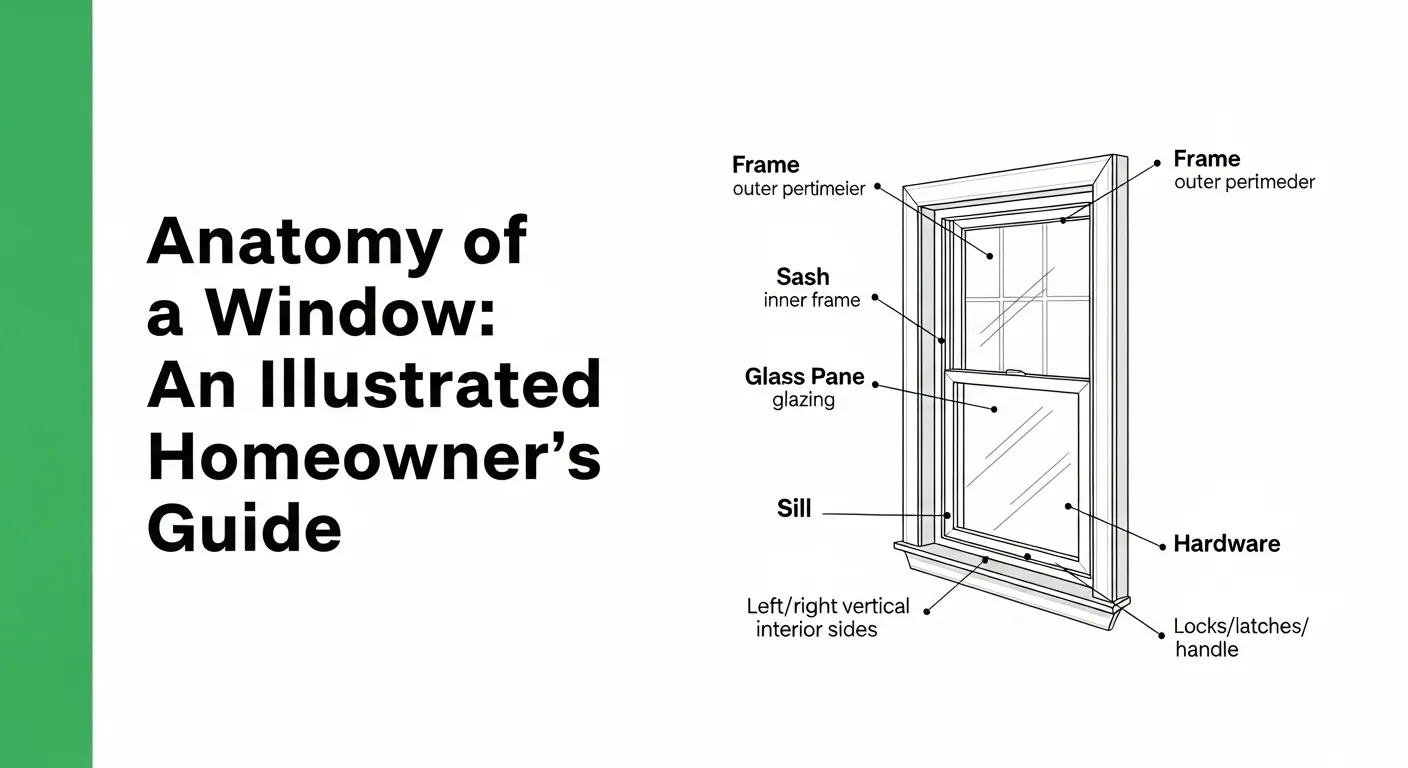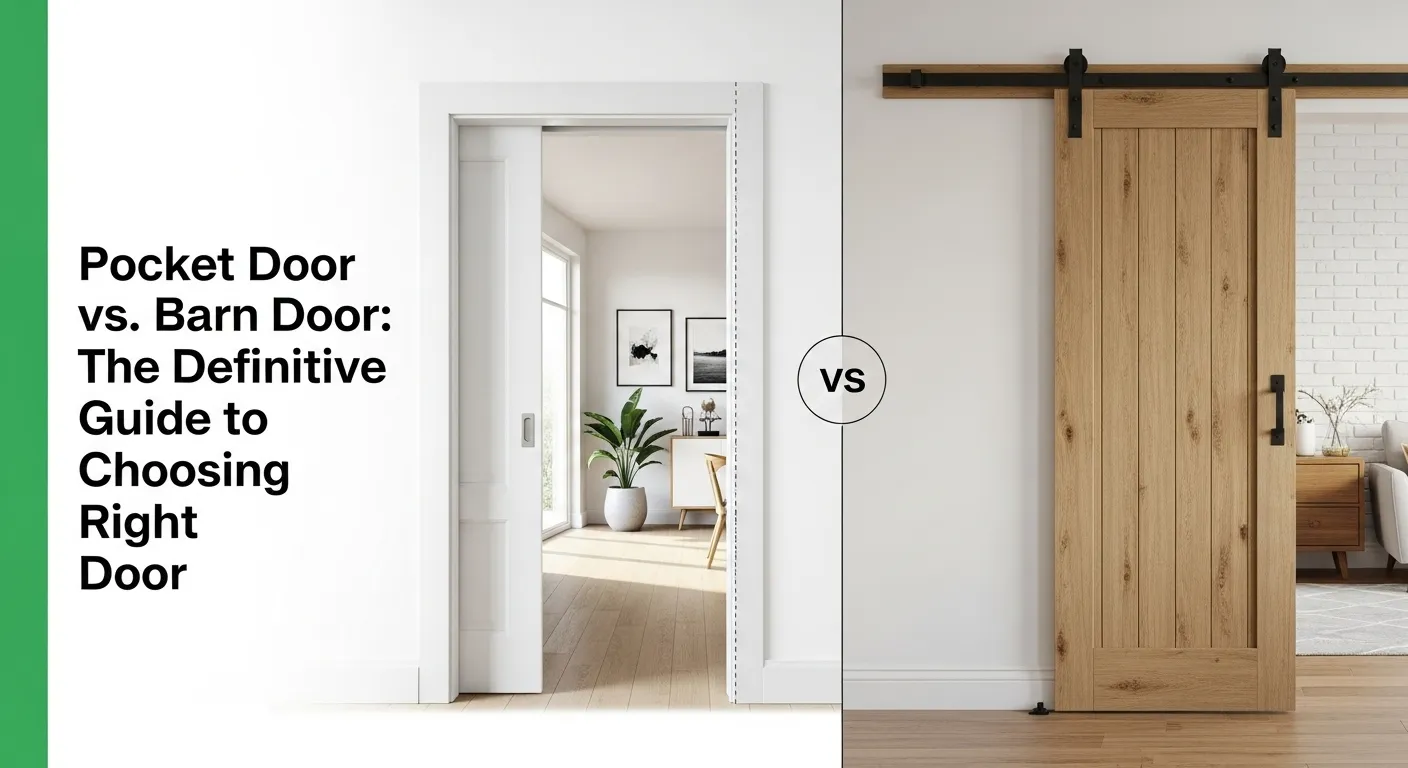Quick Navigation
- Key Takeaway / TL;DR
- What is a Double Door?
- What is a French Door?
- Double Door vs. French Door Comparison Table
- Pros and Cons of French Doors
- Pros and Cons of Solid Double Doors
- Cost Comparison: French vs. Double Doors
- Which is Right for You?
- What About Other Wide-Opening Doors?
- Conclusion: Your Perfect Pair
- FAQs
A double door is any doorway with two doors. A French door is a type of double door that’s mostly made of glass panes.
Core Concept:
All French doors are double doors, but not all double doors are French doors.
Quick Comparison:
- Choose French doors for light and aesthetics.
- Choose solid double doors for privacy and security.
(Note: This article covers architectural home doors, not refrigerator door comparisons—if you searched for fridge doors, you’re in the wrong place!) ✅
What is a Double Door? (The Configuration)
A double door (also called a double-leaf door) is a doorway opening fitted with two separate door panels. Each side is called a leaf.
Key concept: It’s a configuration, not a style. Both leaves may open (active/active), or one may stay fixed (active/inactive).
Double Door Characteristics:
- Two doors meet in the middle.
- Can be solid, paneled, or glass.
- Can be made from wood, steel, fiberglass, or aluminum.
- Used in front entries, interiors, or commercial spaces.
Examples:
- Panel double entry doors made of solid oak.
- Flush double doors in modern condos or offices.
- French doors, which are glass-paneled double doors.
Visual cue:
Image: Classic solid wood double entry door with arched top.
Alt text: “Traditional wooden double entry doors with decorative panels.”
For premium custom options, explore our custom aluminum double doors or steel door ultimate guide.
<div id="”what-is-a-french-door”"></div>
What is a French Door? (The Style)
Answer first: A French door is a style of double door built primarily from glass panes framed in wood, steel, or fiberglass.
Key characteristics:
- Typically contains multiple glass panes, called lites.
- Swings open from the center (inward or outward).
- Allows maximum natural light and an open visual connection between spaces.
- Common for patios, balconies, or interior room dividers.
Typical use cases:
- Connecting living room to a patio or garden.
- Creating transparency between a home office and hallway.
- Letting natural light flow between rooms.
Visual cue:
Image: White French doors leading to a backyard patio.
Alt text: “White French double doors with 12-lite glass design opening onto a patio.”
For design inspiration, visit our custom French doors collection or Top 15 French Door Manufacturers in 2025.
<div id="”comparison-table”"></div>
French Door vs. Double Door: A Head-to-Head Comparison
Answer first: Here’s a clear side-by-side comparison between a French door (glass) and a solid/panel double door (wood, steel, or composite).
| Feature | French Doors | Solid / Panel Double Doors |
|---|---|---|
| Primary Feature | Glass panes | Solid panels (wood, steel, fiberglass) |
| Natural Light | Excellent | Minimal (unless sidelights) |
| Privacy | Low (add blinds/curtains) | Excellent |
| Security | Good — tempered or laminated glass | Excellent (solid cores resist forced entry) |
| Best For… | Patios, home offices, interior room dividers | Front entrances, bedrooms, closets |
| Average Cost (Installed) | $2,000 – $8,000+ | $1,500 – $7,000+ |
| Energy Efficiency | Moderate (depends on Low‑E double glazing) | High (solid cores insulate better) |
<div id="”pros-french-doors”"></div>
Pros and Cons of French Doors
Answer first: French doors are beloved for light, elegance, and connecting indoors to outdoors, but they trade privacy and insulation for beauty.
✅ Pros:
- Natural Light: Brightens interiors, making rooms feel larger.
- Elegant Aesthetics: Timeless and sophisticated; fits traditional and modern homes alike.
- Indoor–Outdoor Flow: Creates seamless transitions to decks, patios, or gardens.
- Visual Connection: Ideal for interior use—separate spaces without isolation.
❌ Cons:
- Privacy Limitations: Transparent glass may require curtains or frosted finishes.
- Security Considerations: Though tempered glass is strong, it’s still breakable.
- Insulation: Glass transfers heat/cold more than solid doors (upgrade to double-glazed Low‑E).
- Swing Space: Inward/outward swing requires clearance.
Consider adding storm doors or tinted glass for improvement—learn more in our Patio Doors Buying Guide.
<div id="”pros-double-doors”"></div>
Pros and Cons of Solid Double Doors
Answer first: Solid double doors are built for protection, privacy, and durability—but can visually feel heavy compared to French doors.
✅ Pros:
- Maximum Privacy: Perfect for entryways, bedrooms, or utility spaces.
- Superior Security: Solid cores deter intrusion; best for front entries.
- High Energy Efficiency: Excellent insulation; reduces drafts.
- Style Flexibility: Available in wood, fiberglass, steel, or aluminum.
- Durability: Withstands dents, cracks, and scratches better than glass.
❌ Cons:
- Blocks Light: No glass means darker interiors.
- Heavier Aesthetic: Can feel imposing in smaller spaces.
- No Visual Connection: Fully divides rooms—less visual openness.
For safer configurations, explore our steel door ultimate guide for security-forward designs.
<div id="”cost-comparison”"></div>
Cost Comparison: French Doors vs. Double Doors
Answer first: Costs vary widely depending on materials, installation type, and whether it’s for exterior or interior use.
Material Impact on Cost (Lowest → Highest):
- Hollow Core (interior only): Most affordable; under $500.
- Vinyl: Great for budget exterior patio doors.
- Fiberglass: Balance of cost, efficiency, durability.
- Steel: Secure, contemporary look; mid-range pricing.
- Wood (Pine/Oak): Warm aesthetic, requires maintenance.
- Custom Aluminum / Clad Wood: Premium luxury range.
Installation Factors:
- Pre-hung vs. Slab: Pre-hung easier, cheaper by $200–$400.
- Retrofit vs. New Opening: Adding a new double doorway adds $500–$1,000 for framing.
| Door Type | Installed Cost Range (USD) |
|---|---|
| Interior Double Door | \500 – \2,500 |
| Exterior Solid Double Door | $1,500 – $7,000+ |
| Exterior French Door | $2,000 – $8,000+ |
For architectural framing considerations, see our Door Frame Types guide.
<div id="”which-right”"></div>
Which is Right for You? (Use-Case Scenarios)
Answer first: Choose based on function, desired light, and privacy needs.
- Front Entryway:
→ Solid double doors strongly recommended for privacy and security.
→ Consider French doors only with laminated security glass. - Patio or Deck:
→ French doors excel here—maximize views and natural light. - Home Office or Dining Room:
→ Choose interior French doors for visibility and sound isolation. - Bedrooms / Closets:
→ Solid double doors maintain privacy and acoustic control.
For large openings, explore modern solutions in our Sliding vs Folding Doors comparison.
<div id="”other-doors”"></div>
What About Other Wide-Opening Door Types?
Answer first: French and solid double doors aren’t your only options. Other wide-opening solutions include sliding and bifold doors.
Sliding Glass Doors
- Pro: Space-saving—don’t require swing clearance.
- Con: Only half the doorway opens at once.
Bifold Doors
- Pro: Fully open wall-to-wall; stunning patio access.
- Con: More expensive and complex track systems.
For alternatives, read our Bifold Door Sizes Guide and Pocket Door vs. Barn Door comparison.
<div id="”conclusion”"></div>
Conclusion: Your Perfect Pair
Answer first: The debate isn’t “French vs. double”—it’s style vs. structure.
- A double door is a configuration (two-door setup).
- A French door is a style emphasizing light and design.
Your Guiding Principle:
- Choose French doors for openness, elegance, and daylight.
- Choose solid double doors for privacy, insulation, and security.
Ready to find your perfect match?
- 🌿 Explore custom French doors for light and style.
- 🛡️ See custom aluminum double doors for durability.
- 🔧 Have questions? Get advice in our Swing Doors guide or request a free design consultation.
<div id="”faqs”"></div>
Frequently Asked Questions (FAQs)
Are French doors more expensive than double doors?
Answer: Usually yes. French doors include glass, insulated panels, and sometimes intricate grids—ranging from $2,000–$8,000. Solid double doors span $1,500–$7,000 depending on material.
Are French doors secure?
Answer: Modern French doors with tempered or laminated glass and multi-point locks are quite secure. For front entry use, choose impact-rated glass or steel frames.
Can you replace a sliding door with French doors?
Answer: Yes. It’s a popular upgrade for style and light. Expect $500–$1,000 additional installation cost for new framing and casing adjustments.
Do French doors add value to a home?
Answer: Absolutely. French doors boost curb appeal and resale value by enhancing light and perceived space. Industry ROI averages 70–80% in remodeling studies.
What is the difference between a French door and a patio door?
Answer: “Patio door” describes location (leading to a patio).
“French door” describes style (two doors with glass panes).
So yes—French doors are a type of patio door, while sliding doors are another common type.
